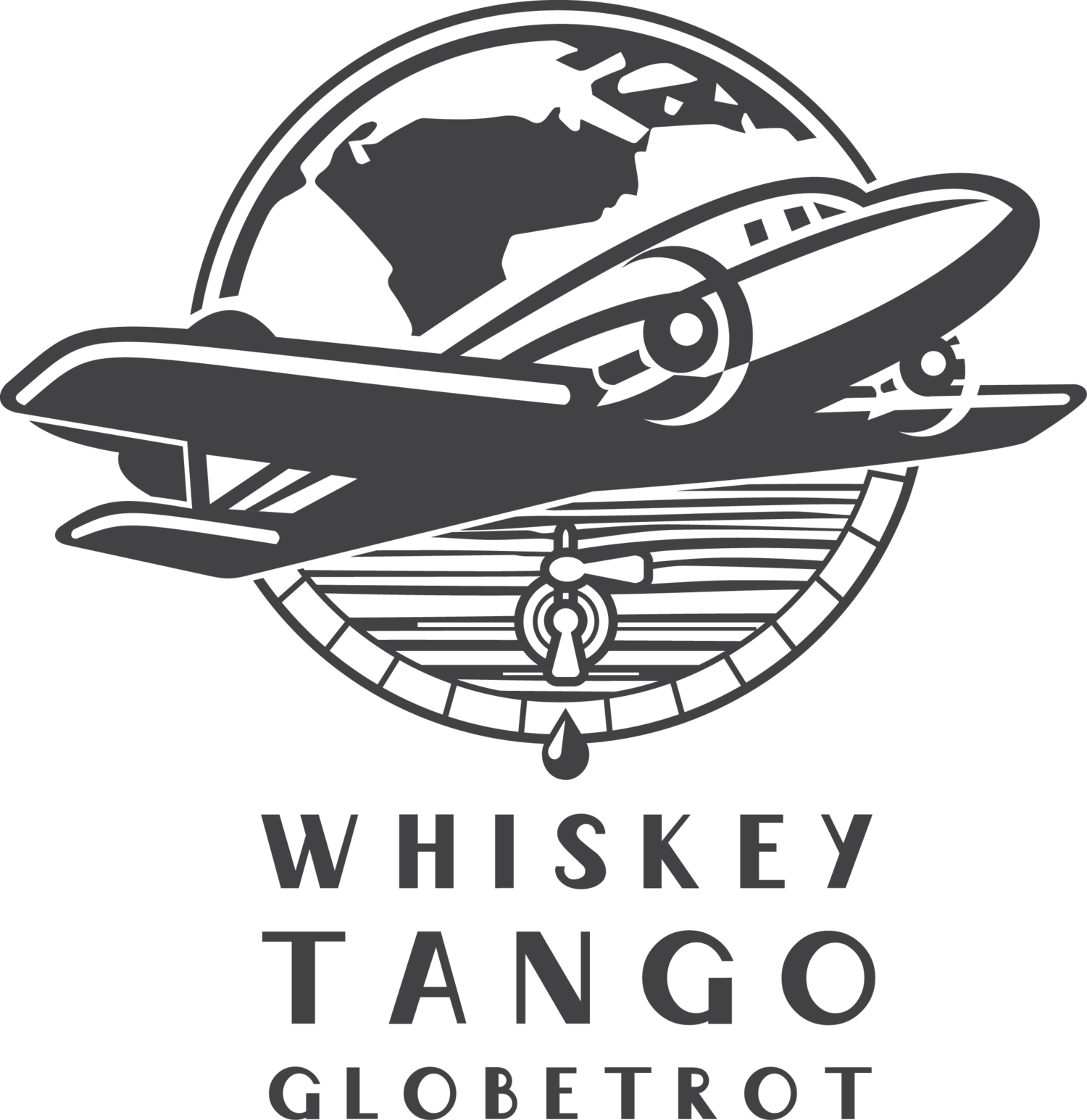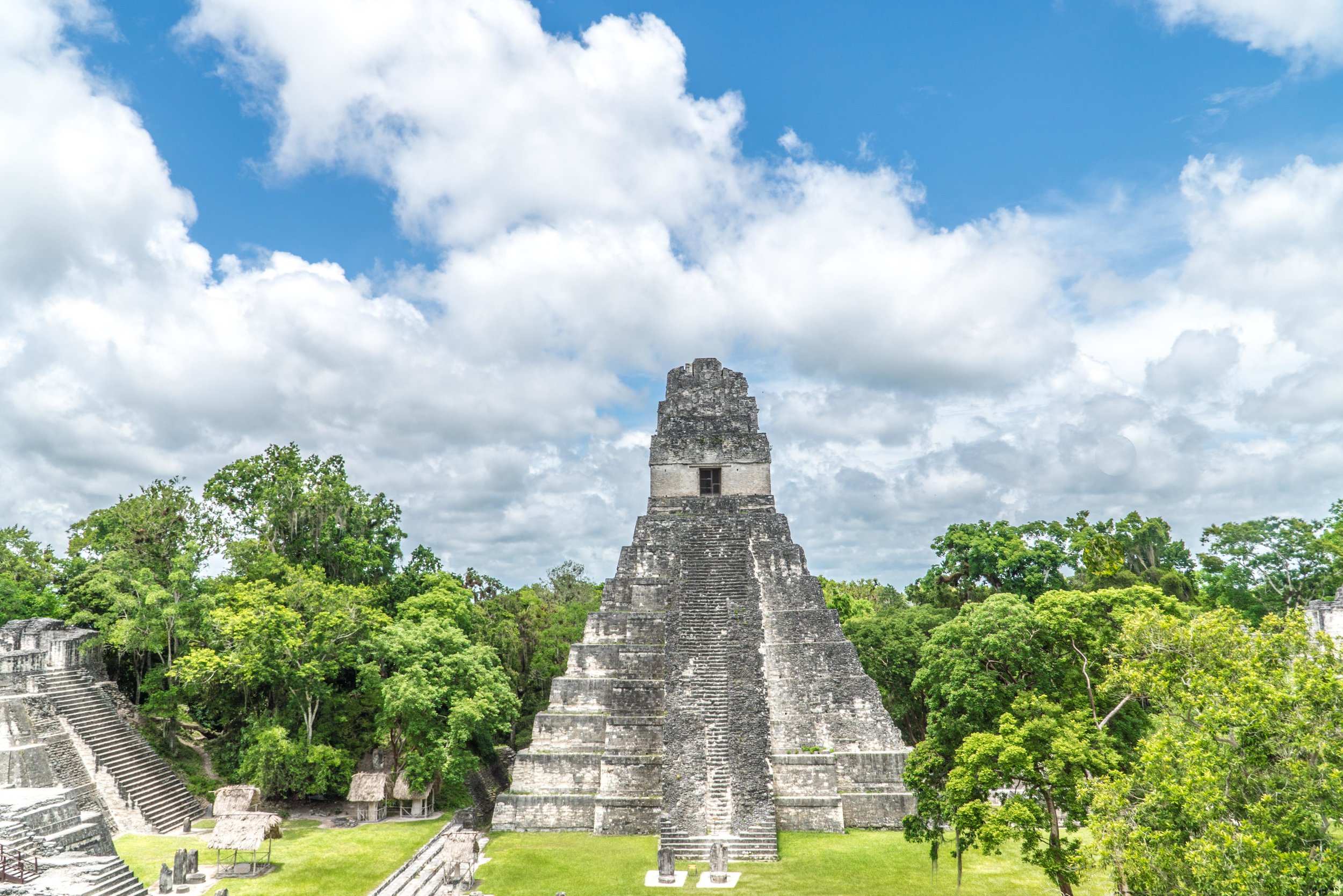The Okanagan: Is it the Napa of Canada?
Quick question for y'all. Raise your hand if you've ever been to the Okanagan? Anyone? Bueller? Not everyone at once now. Alright, how about this: raise your hand if you've even heard of The Okanagan (no Googling!)? If you're scratching your head as to what the term "Okanagan" even is or means, then I'm with you. It kind of sounds like something you step in or a modern-day term for a noogie (and if you don't know what a "noogie" is, then Google it, as WikiHow show you in five steps how to give a good noogie.).
The Okanagan is a region of British Columbia, Canada, also known as the Okanagan Valley, which is where a majority of B.C.'s wine originates from. However, while it's often been referred to as the "Napa of the North," it isn't likely that you've seen a bottle of Okanagan wine on the shelf of your local supermarket. Australia, New Zealand, California, France, Italy, Spain, Chile. These are likely the labels you see when perusing the wine sections of your local supermarket in the U.S.
Have you been at a supermarket and seen a shelf of Okanagan or even British Columbia wines? Not likely. When people think wines, they typically think these destinations because it's what they see at supermarkets. It's not that Okanagan wine isn't "good enough". It's a question of size, as I found out from spending the day at Mission Hill Winery in West Kelowna, British Columbia. The actual wine-producing acreage of the Okanagan Valley is half the size of the entire planted area of states like Oregon. This is combined with high acquisition and operating costs, as well as climate, since the Okanagan is one of the northern-most wine growing regions.
However, as I learned from Mission Hill Winery's Ingo Grady, there are advantages to being a region with predominantly small wineries. Most notably is price. Because most of the wine produced in the Okanagan Valley is sold at the winery, it means that price points are much more attractive than other notable wine regions. While Mission Hill has much of the grandeur and beautiful landscape that you'd expect at a Northern California winery, their wine prices say something different, with many bottles of wine that are less than $20. According to Grady, the average bottle of VQA (Vintners Quality Alliance) wine in the Okanagan sells for just under $20 a bottle. I nearly paid that for a glass of wine last week!
But back to the original question, which is this: Is the Okanagan the Napa of Canada? Furthermore, is the Okanagan (gulp) a more desirable and better quality wine region than Napa? I'm not so sure that there are black and white answers to these questions. There are many differences in these two regions, including their histories, terrain, and climates, which therefore makes for both different types of wine and different types of tasting experiences. However, if I were recommending wine regions based on my travel style and wine preferences, I would tell someone to go to the Okanagan before I would tell them to go to Napa. There, I said it.
From the time I arrived in the Okanagan Valley - entering via car at the south before driving all the way north through the valley - until the time I left, I experienced a type of wine country I had yet to encounter. Much of this was due to the large and in charge lake (surrounded by rolling hills) that just seemed to follow me wherever I went. If there wasn't a sailboat cruising down Okanagan Lake, then it was a floatplane coming in for a landing, or paddle boarders floating by. There's even wine + paddle boarding on Lake Osoyoos, where I met up with Trip Styler and her hubs at LaStella winery for my introduction into British Columbia wine. Evidently the lake itself isn't the only large and in charge feature of the region, as supposedly there's a Loch Ness-esque monster that lives in the lake, called Ogopogo, translated "lake demon". LaStella was one of numerous wineries I visited that afforded sweeping views overlooking Okanagan Lake. Mission Hill and Quail's Gate Winery stood out even more for their lake views. That's not something I can say about Napa.
But now to the wine itself. While I'm not big into bold, full-bodied red wines (sorry Napa!), what I found pleasurable to my tongue in the Okanagan was white aromatic wines, many of which I foresaw myself enjoying on a hot summer day. White varieties have long dominated wine producing in the Okanagan, although red varieties have recently caught up. If you find yourself gravitating to sweet, aromatic white wines, like I do, then I think you'll like what you come across in the Okanagan. Some standouts included LaStella's Rosato, along with the Chasselas (a blend of Chasselas, Pinot Blanc, and Pinot Gris) and Gewurztraminer at Quail's Gate. Lastly, you have to at least try Icewine, which is a sweeter wine that is produced as a result of grapes that have frozen on the vines in the winter.
So if it's tough for Okanagan wine to be shipped outside of Canada and you can't find Okanagan wine in your local supermarket, how are you supposed to get your hands on it? Well, you're just going to have to go visit. Le duh. You know a wine region should be paid attention to if I hold in high esteem with the likes of Sonoma and Napa, where I left my heart. But what about bringing wine back from Canada to the U.S.? Well you can bring up to a couple bottles without getting taxed. However, bring any more than that and you're subject to paying duty and taxes. Some Okanagan wines, such as Mission Hill, can be found in specialty wine shops, such as Esquin Wine Merchants in Seattle.
Stay tuned soon when I'll be taking a closer look at the Kelowna and West Kelowna drink scene in the Okanagan.
Recommended Reading
With Love from Okanagan Valley Wine County by Lindsay Taub
Wine Tasting in the Okanagan Valley by Liz Lewis
What are your favorite wines and wine regions around the world?













